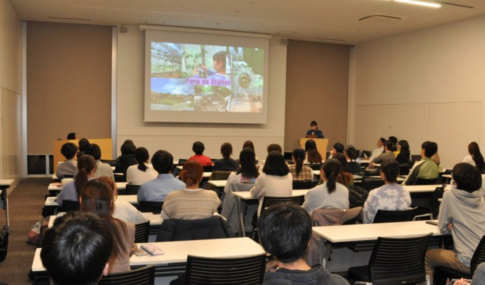In 2018, we sent faculty teachers and graduate students from Kagoshima University to Tuskegee University as a preparatory activity for a collaborative workshop that is planned to be held in 2020. Tuskegee University in Alabama is a traditional school of historically black colleges and universities (HBCUs) and is known for having the oldest architectural and construction programs at these institutions. The campus and the region are home to a number of rustic but important architectural heritage sites that reflect a strong historical context.
During this visit, we conducted a survey of the historical legacy of architecture and cities built by African-Americans in the Tuskegee region and discussed about plans for the next round of activities.
In 2019, we invited faculty teachers and students from Tuskegee University, USA, to Semarang, Indonesia, and together with teachers and graduate students from Kagoshima University, Japan, to conduct field research on the architectural heritage of diverse communities in Solo and Semarang, and to make architectural proposals for their use. The city of Semarang, were Diponegoro University is located in Central Java, Indonesia, is characterized by a diverse urban environment consisting of a ‘kampong’ formed by various ethnic groups, including Arabs and Chinese, with the Dutch quarter at its core, which still retains its original appearance.

The merits of international exchange activities in the field of architecture are: 1) it is possible not only to communicate through language, but also by visual communication through drawings and other forms of communication, and 2) that the results are easily communicated to the local people. The presentation of activities in Indonesia in 2019 was held with local residents. Although the language used was English, we believe that the above advantages were demonstrated.

The theme of the Environmental Architecture Program is thus to study the central cultures of each country and region and their diversity, with a focus on the cultural layers in each country. In this context, we will learn about the architectural responses unique to the natural environment, such as heat, and storms (typhoons, hurricanes, and cyclones) that are common to all three regions, with the aim of deepening our understanding of environmental issues that link the individuality of the region regional with global commonalities.



